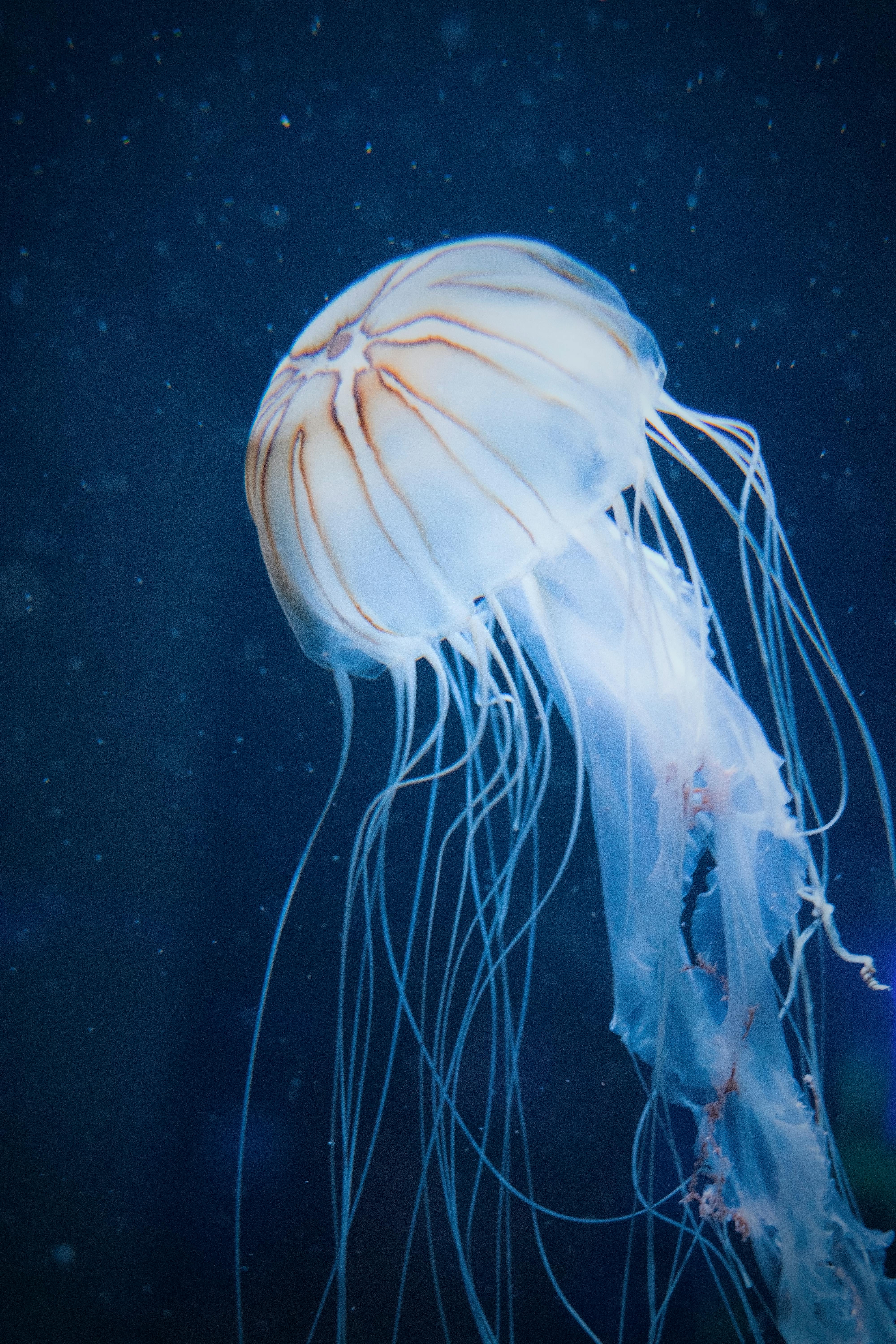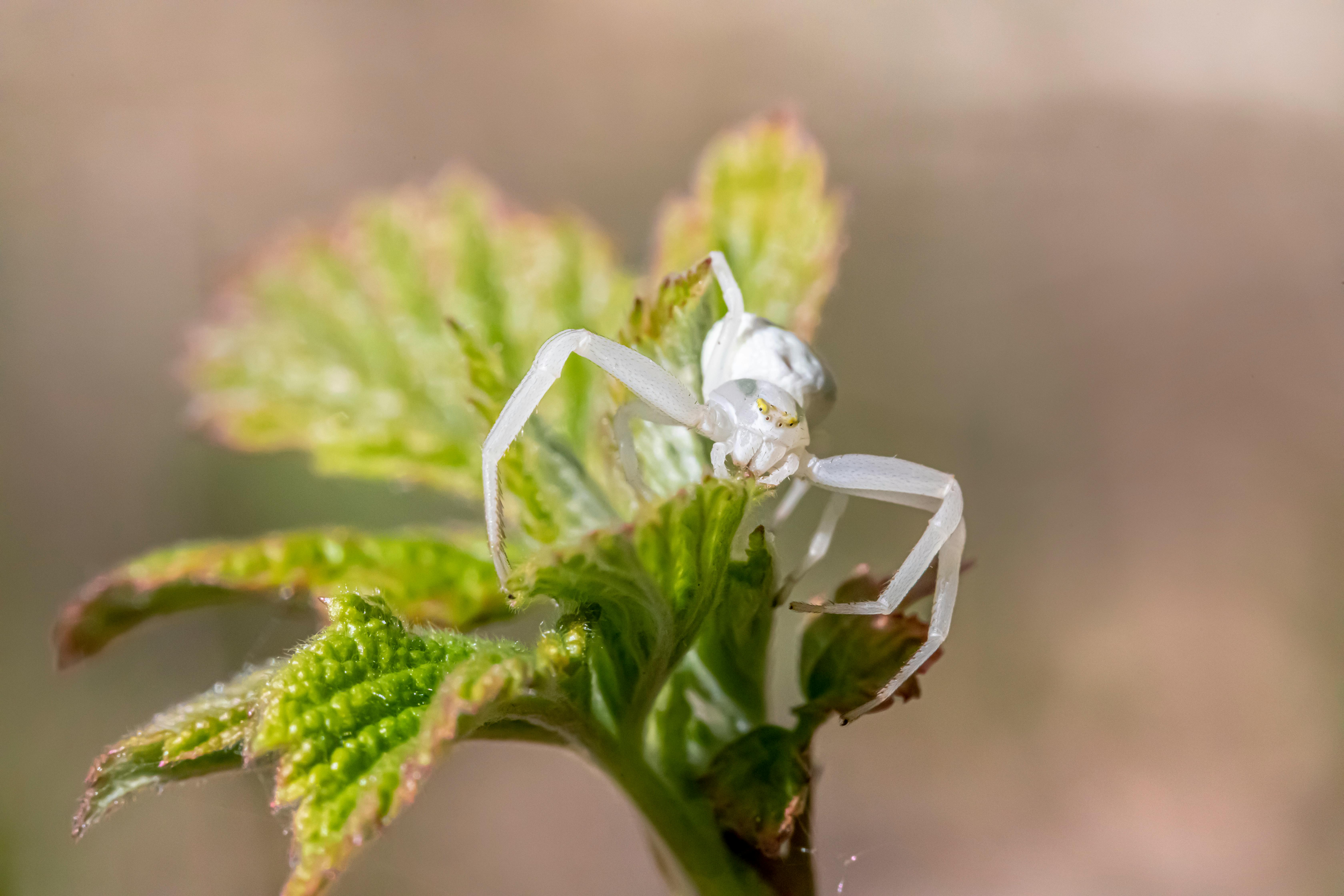
Discover the Top 7 Effective Care Tips for Red Parrot Fish in 2025
The red parrot fish, a unique and captivating species of tropical freshwater fish, has gained popularity among aquarium enthusiasts for its vibrant colors and engaging behaviors. Known scientifically as parrot cichlids, these fish offer more than just aesthetic appeal; they bring with them a range of care requirements that can be quite specific. As we step into 2025, understanding how to effectively care for red parrot fish is crucial, especially if you're new to fishkeeping or looking to enhance your existing aquarium.
This article will guide you through essential care tips, ensuring you provide the best possible environment for your red parrot fish. From setting up their fish tank to understanding their dietary needs and social behaviors, we've got it all covered. Read on to discover how to maintain optimal water quality, select compatible tankmates, and promote the health and happiness of your red parrot fish.
By the end of this article, you will be equipped with key insights that will not only enhance your fishkeeping experience but also promote the wellbeing of your aquatic pets. Let's dive into these effective care tips!
Essential Guidelines for Red Parrot Fish Tank Setup
Creating the right environment for your red parrot fish is critical to their health and happiness. These fish require specific tank conditions that cater to their natural habitat. Understanding your red parrot fish habitat needs is essential for any fishkeeper.
Choosing the Right Size and Type of Tank
The ideal tank size is crucial when it comes to keeping red parrot fish. Generally, a minimum tank size of 30 gallons is recommended, but larger tanks of 50 gallons or more are preferable. This allows ample swimming space, promotes better water quality for parrot fish, and reduces territorial aggression, which is common among cichlids.
Creating Optimal Water Conditions
Maintaining the right water quality is vital. Red parrot fish thrive in warm water with a temperature range of 75-82°F (24-28°C) and a pH level of 6.5-7.8. Regular testing of water parameters helps in preventing any significant fluctuations. Use quality water conditioners to remove harmful toxins and to make tap water safe for your fish.
Aquascaping Your Aquarium
To provide a natural habitat, consider adding aquatic plants, caves, and hiding spots to your aquarium. Plants like Java fern and Anubias not only enhance the visual appeal but also offer shelter and create a more balanced aqua ecosystem. This promotes the growth and health of your red parrot fish.
Lighting and Filtration
Proper lighting is essential for the health of your aquarium. Using LED lights can simulate natural daylight cycles. Additionally, invest in a high-quality filter to keep the water clean and sufficiently oxygenated. Filters help manage waste and maintain water clarity, which is particularly important for the well-being of red parrot fish.

Understanding Feeding Habits of Red Parrot Fish
The diet of your red parrot fish plays a vital role in their overall health. As with any aquatic species, providing the right parrot fish diet is crucial for their growth and longevity.
Choosing the Right Fish Food
Red parrot fish are omnivores and thrive on a varied diet. High-quality flake or pellet foods specifically formulated for cichlids can be beneficial. Additionally, including frozen or live food options—such as brine shrimp and bloodworms—will enrich their diet and promote better health.
Feeding Schedules and Portions
Implementing a consistent feeding schedule will help establish routine and stability for your fish. Typically, feeding them 2-3 times a day with an amount they can consume in 2-3 minutes is advisable. Overfeeding can lead to health issues, so always monitor their eating habits.
Recognizing Signs of Healthy Feeding
Healthy red parrot fish display active swimming behavior during feeding times, while lethargy or disinterest in food may suggest underlying health issues. Observing their behavior can provide insights into their overall well-being.
Maintaining Optimal Water Quality for Red Parrot Fish
Water quality is a common concern among aquarists, yet it's a crucial aspect of fish care. Red parrot fish are sensitive to water pollutants, stressing the importance of regular maintenance.
Regular Water Changes
Performing frequent partial water changes—ideally 20-30% weekly—helps keep the water parameters stable and free from toxins. The removal of waste and debris contributes to a healthier environment for your red parrot fish.
Using Quality Water Filters and Conditioners
Investing in a robust filtration system and utilizing high-quality water conditioners will significantly enhance the living conditions of your fish. Filters not only remove particulates but also provide biological filtration to break down waste products.
Monitoring Water Parameters
Regularly test water parameters, including ammonia, nitrate, nitrite, and pH. Maintaining stable readings is key to preventing stress and ensuring the vitality of your red parrot cichlid tank. Adapting quickly to any deviations will be crucial for maintaining fish health.

Choosing Compatible Tankmates for Your Red Parrot Fish
Choosing the right tankmates can greatly influence the overall health of your red parrot fish. Compatibility is essential for a harmonious community tank.
Types of Suitable Tank Mates
When selecting tankmates, consider peaceful and resilient freshwater fish species. Fish like tetras, gouramis, or larger danios can coexist peacefully with red parrot fish. Avoid overly aggressive species that could lead to stress and aggression.
Avoiding Aggressive Species
It’s vital to avoid keeping your red parrot fish with aggressive cichlids or smaller fish that may be viewed as prey. Researching fish compatibility charts prior to introducing new species can prevent unfortunate conflicts.
Social Dynamics in Aquatic Communities
Understanding the social structures of your fish can enhance their wellbeing. Keeping similar species together, or those with similar temperaments will support better interactions within the aquarium ecosystem.
Breeding Strategies for Red Parrot Fish
If you're interested in breeding red parrot fish, there are specific considerations to keep in mind to ensure a successful outcome, including understanding their breeding behavior and requirements.
Preparing the Breeding Environment
Setting up a dedicated breeding tank with optimal conditions—stable temperature, clean water, and suitable hiding spots—will encourage breeding behavior. Consider using a separate tank to avoid overcrowding and potential aggression during breeding.
Care for Parrot Fish Eggs
Once spawning occurs, ensure that the parents are not disturbed. Typically, red parrot fish will lay fertilized eggs, which they will guard. Keeping the tank clean and monitoring water quality will support the health of the eggs.
Post-Hatching Care
After hatching, the fry will require specialized care, including infusoria or powdered food until they grow large enough for regular fish food. Monitoring their development and providing a stress-free environment will ensure a successful fry growth rate.
Signs of Healthy Red Parrot Fish and Common Health Issues
Monitoring the health of your red parrot fish is essential. Understanding what constitutes a healthy fish and recognizing signs of illness can save lives.
Characteristics of Healthy Fish
Healthy red parrot fish display vibrant colors, clear eyes, and an active demeanor. They should swim freely and eat readily. Observing behavior in combination with physical appearance is key to assessing their health.
Identifying Common Health Issues
Common ailments include ich, fin rot, and swim bladder disease. Being aware of these issues allows for early intervention. Recognizing symptoms such as unusual swimming patterns, lethargy, or discoloration can prompt timely treatment.
Successful Treatment Options
In case of illness, quarantine affected fish and consult reputable fish disease management resources. Implementing effective treatments such as medicated food or aquarium salt can assist in recovery. Keeping a well-stocked aquarium with emergency supplies is always beneficial.
Q&A on Red Parrot Fish Care
Q: How often should I feed my red parrot fish?
A: Feed your red parrot fish 2-3 times daily, providing only what they can consume in a few minutes to avoid overfeeding.
Q: What are the ideal tank conditions for red parrot fish?
A: Maintain a temperature of 75-82°F and a pH of 6.5-7.8, ensuring good filtration and regular water changes.
Q: Can red parrot fish be kept with other species?
A: Yes, they can coexist with peaceful tropical freshwater fish. Avoid aggressive species to prevent stress and aggression.
Q: What should I do if my red parrot fish are not eating?
A: Monitor their behavior for stress signs, check water quality, and ensure an adequate diet is offered.
Q: How can I tell if my red parrot fish is healthy?
A: Healthy fish will be active, display vibrant colors, and have a healthy appetite. Monitor for signs of illness, such as lethargy or discoloration.